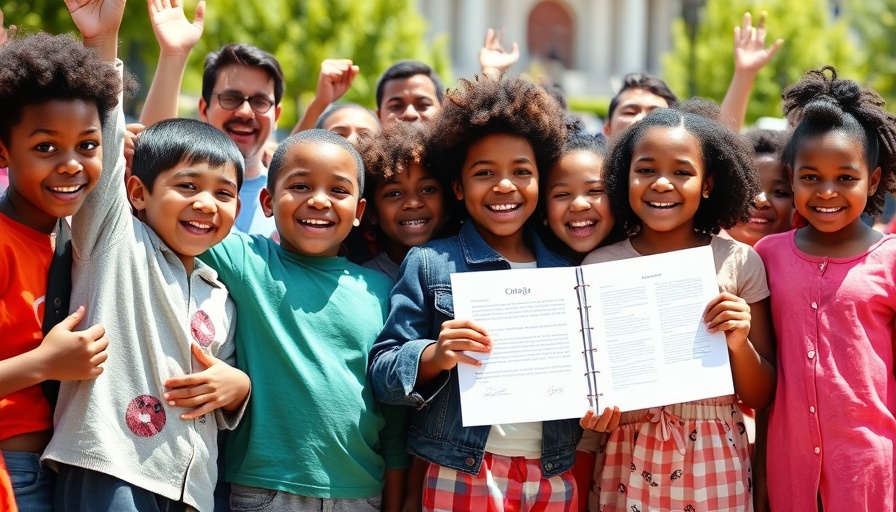
Texas Embraces School Choice with New Voucher Law
In a landmark decision on May 3, 2025, Texas Governor Greg Abbott enacted a law permitting the use of taxpayer money for private school tuition through a new voucher program. This legislation is seen as the culmination of a longstanding debate on school choice in Texas, marking Texas as a significant player in national education reform.
How the Voucher Program Works
The newly established Senate Bill 2 allows families to access public funds to send their children to accredited private schools or cover various educational costs, such as textbooks and transportation. The initiative is expected to launch in late 2026, providing families with approximately $10,000 to assist with private education expenses.
Community Divided: Supporters vs. Detractors
Supporters, including Abbott and other top Republicans, argue that the program empowers parents, particularly in the wake of frustrations over public school management during the COVID-19 pandemic. They maintain that providing parents with more choices can coexist with public education efforts. However, critics, including Democrats and some rural Republicans, argue that this program could undermine public schools, which many low-income families depend on, and exacerbate existing inequalities in educational access.
The Broader Impact on Public Schools
Opponents of the voucher system express concerns that it could lead to further straining of public school resources, risking closures and rising local property taxes. State Representative James Talarico cautioned that families should remember the consequences of such legislation when they see negative impacts on their communities.
What Lies Ahead for Texas Education
Texas’s decision to invest in a voucher program echoes trends seen in other states where school vouchers have largely favored wealthier families and have not always led to significantly improved academic outcomes. As Texas moves toward implementation, the state’s education landscape is set for potentially transformative changes, though questions remain about how these changes will affect public schools and students across various socioeconomic backgrounds.
As Texas embarks on this new educational journey, stakeholders will be watching closely to understand how this initiative shapes the state’s educational future.
 Add Row
Add Row  Add
Add 




Write A Comment